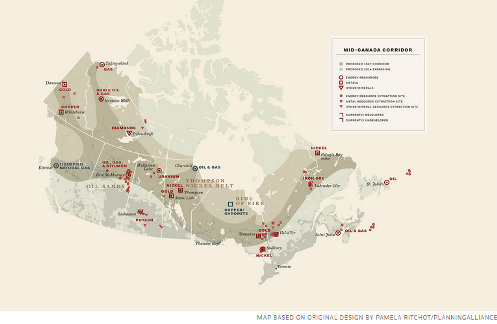The National Post is Canada’s second largest national paper.
Taseko Mines Ltd. claims the federal government acted unlawfully in pushing its British Columbia copper project off the rails. Its solution: Try to sue the government for damages and to find out precisely what happened.
On Wednesday, Taseko will appear in a federal court in Vancouver to argue that its two judicial review applications to Ottawa should be combined into one civil lawsuit seeking damages. The move, which appears to be unprecedented, is being fiercely opposed by the government.
“We haven’t found another instance where a company in precisely this position sues the federal government,” said lawyer John Hunter of Hunter Litigation Chambers, which is representing Taseko.
Taseko claims it was the only logical course of action. The Vancouver-based miner says it has evidence of actual malfeasance by federal officials, including secret meetings with opponents of the $1.5-billion New Prosperity project that could have swung Ottawa’s decision.
The project has been controversial for many years. Taseko’s first Prosperity mine proposal was approved by the British Columbia government in 2010, but rejected by Ottawa later that year. It cited environmental concerns over Taseko’s plan to drain the nearby Fish Lake.

























